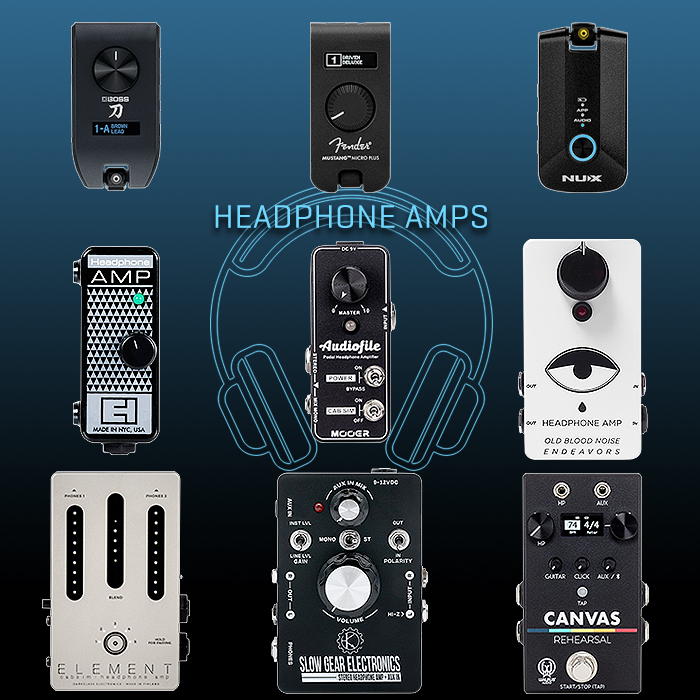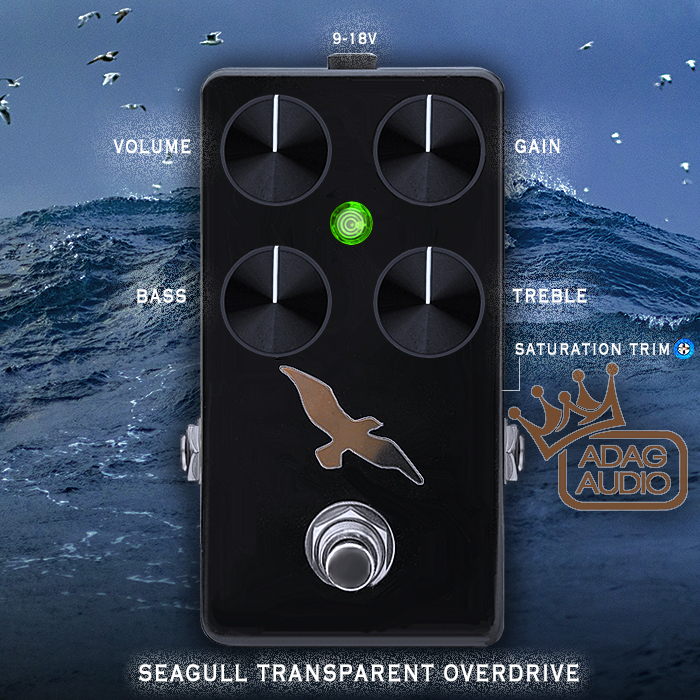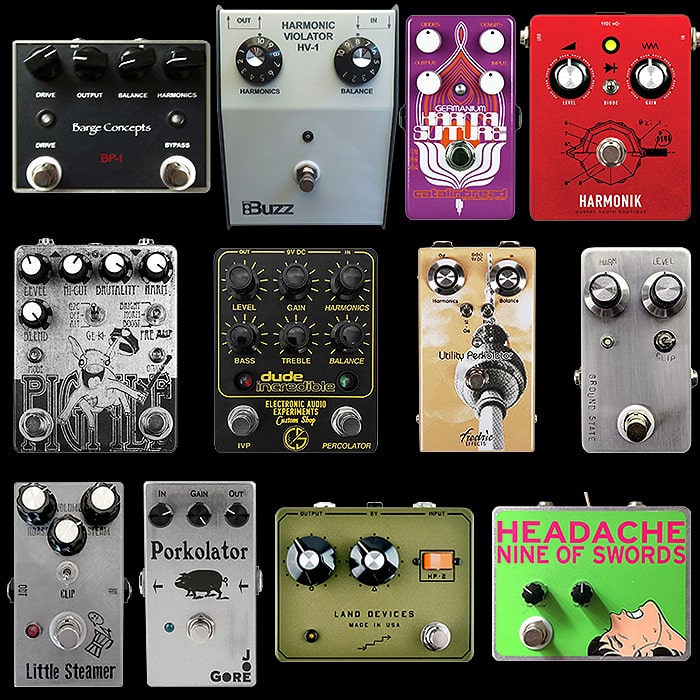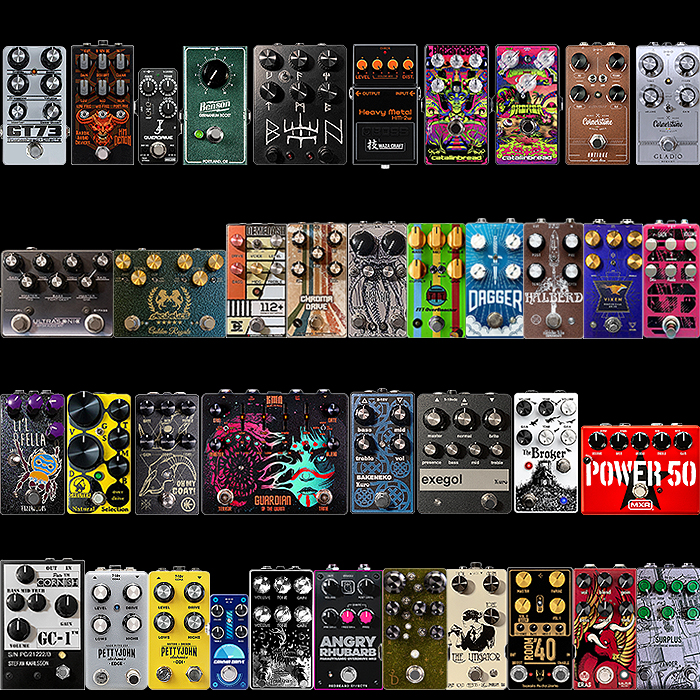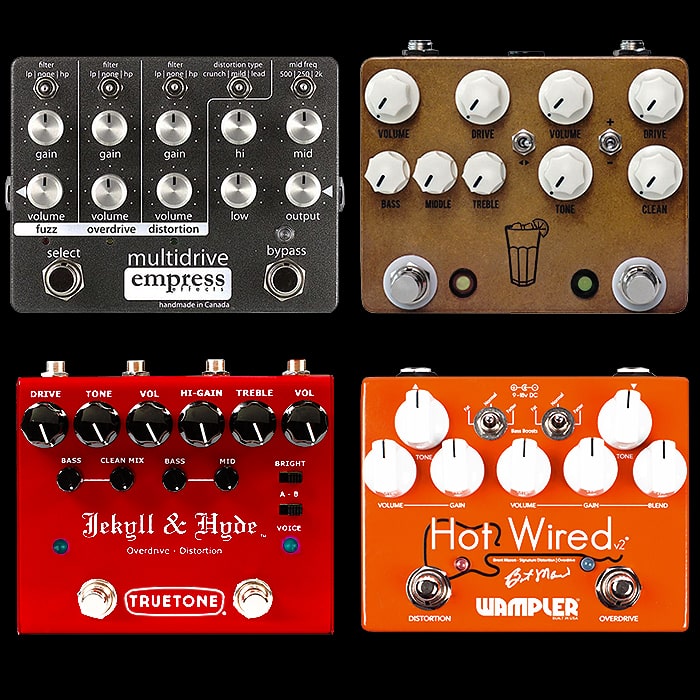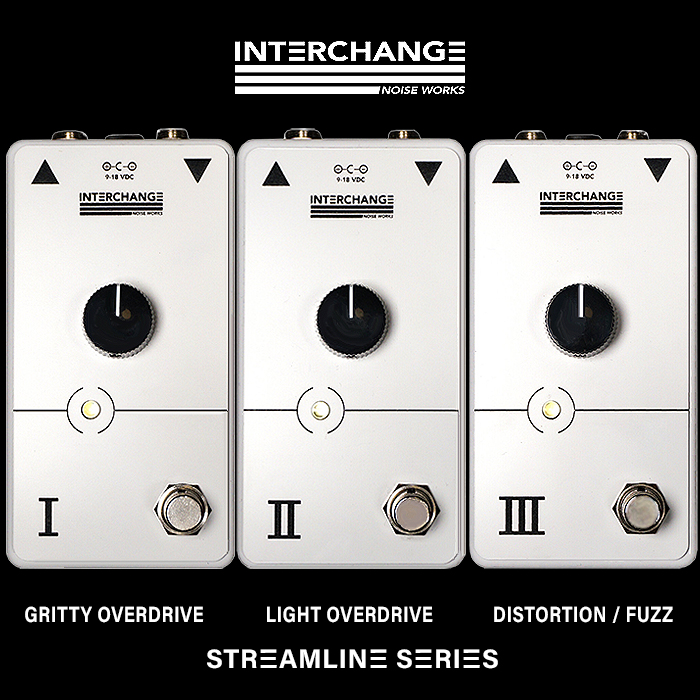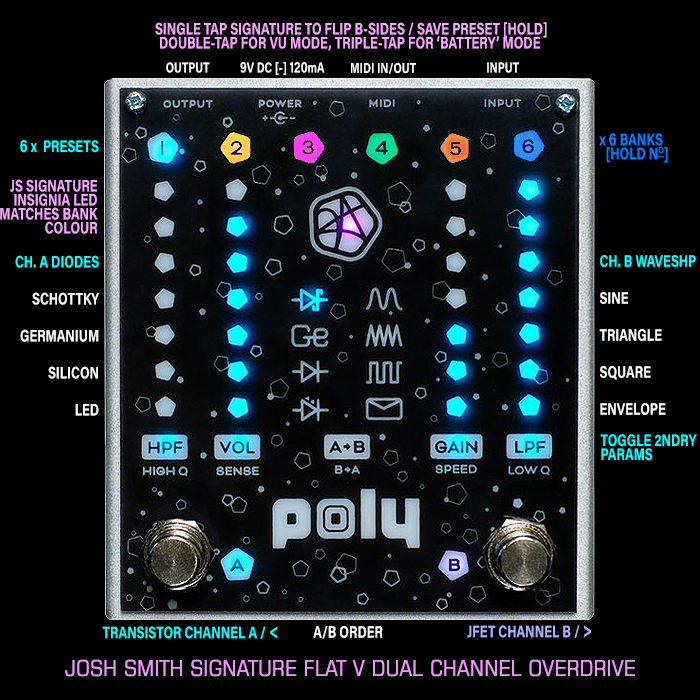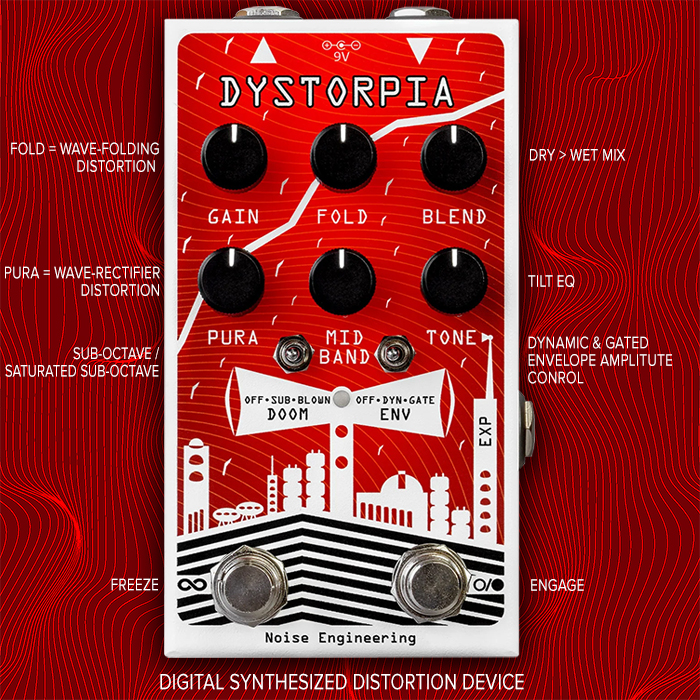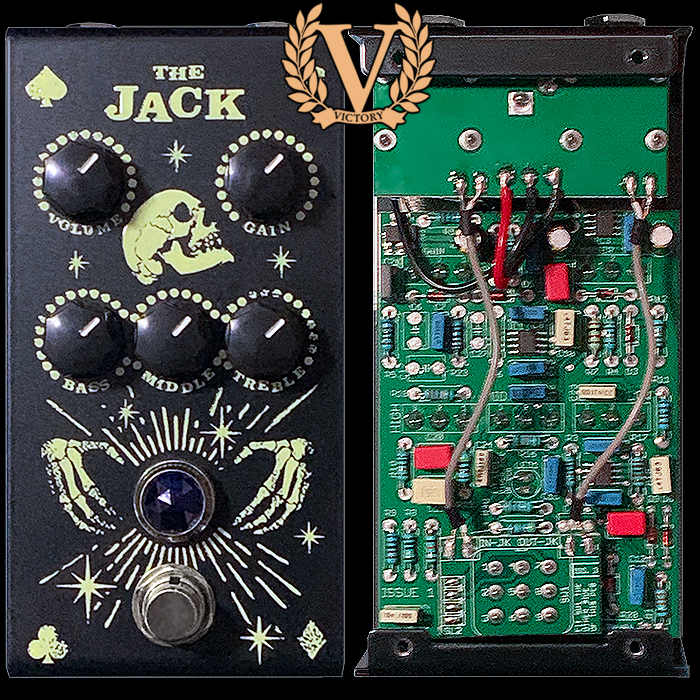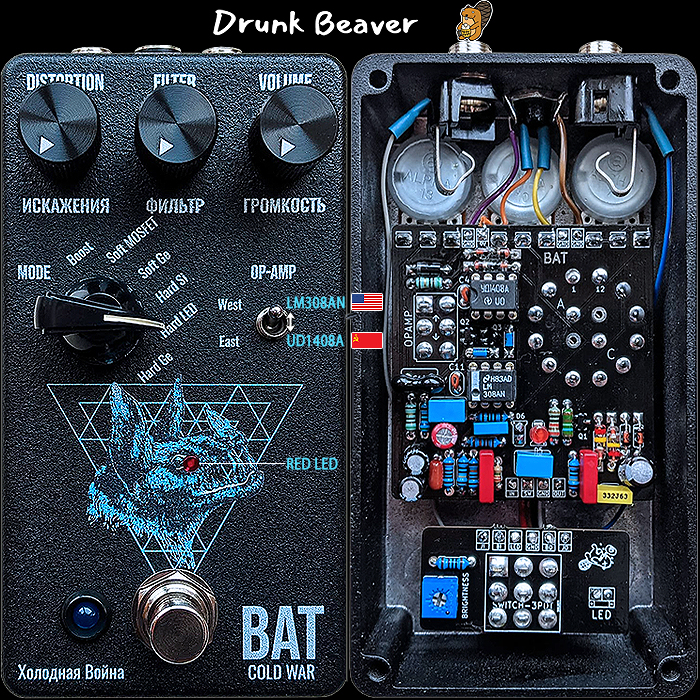Joe Gore's Gross Distortion is a somewhat Overlooked but Compelling and Inspiring Serendipitous Studio Gain Texture Generator Tool

At its heart the Gross Distortion (named for its 12 x 12 Main Clipping Diode Options) has a single Silicon Transistor Gain Stage which generates the core breakup character - enhanced by 2 banks of 12 wholly Unique Clipping Diodes - with an extra optional 1N4148 Diode to achieve Asymmetrical Clipping Gain Tones - for a total of 25 overall Diode varieties - never the same one twice! The core breakup character is that of those earliest of gain breakup devices - slightly rawer, and somewhat fuzz-edged!
I was surprised to learn that this circuit goes back to at least 2015 - where I only just fairly recently came across it on the Joe’s Pedals Store. This is very much my kind of thing - as I love playing with different breakup and clipping textures and characteristics - and you have two roulette wheels of options here! It’s the kind of device that is best enjoyed on a somewhat randomised trajectory - where you haphazardly or serendipitously select different Bank combinations until you hit upon something you really like the sound of - not dissimilar to how the Big Ear Albie pedal experience works - where the less you know the better for you really. This is a breakup tone generation and exploration device - and certainly won’t be for the set-and-forget brigade as the very nature of this unit is to encourage spontaneous inspiration and lively improvisation through multiple experimentations. Approaching the pedal with a more systematic methodologically will soon render that process entirely tedious. It’s not really recommended that you trawl through every variation - which Joe has at 156 - while I feel the correct number is 12 x 12 (each Clipping option dial) - essentially then multiplied by two - as each of those 144 combinations can be experienced with or without the 3rd / Asymmetrical 1N4148 Clipping Diode - so I have the total at 288 therefore - do correct me if my maths is wrong!
I actually tend to have the +1 1N4148 Asymmetrical Clipping Diode pretty much permanently engaged - as it generates richer textures and additional volume - and also makes the individual differences more pronounced however slight those may be. The circuit is completed by dual active-band EQ controls (Frequency Boost as well as Cut obviously), and then you of course have the typical Gain and Level controls.
The Secret Sauce is in the main Silicon Transistor - which beautifully creates a rather raw sort of breakup tone - which is then of course further enhanced by all the usual suspect Diodes - across Silicon, Germanium and LED varieties - most of which you will be familiar with.
Joe has given me some examples for the Diodes used (per the visual) that are included in the first bank - you should be familiar with most of those if you follow this blog (check my Clipping Diodes article), while some of those Diodes are coming from Joe’s secret stash of rather rarer examples. Several of these Diodes can seem to have a rather similar or subtle impact - and occasionally the differences may be too minute to detect with the naked ear - but there are various nuances in the bloom and texture of each of those options and also in how they feel under the fingers - however subtle some of those are. Some of them render slightly sharper and wirier - while others are rather warmer, smoother and mellower by comparison.
Typically you will notice a bigger difference in conjunction with the choice selected on the Second Bank - as well as the Optional Asymmetrical 1N4148 Diode. I recommend you simply treat those two banks as sort of roulette wheels - and randomly spin each one to see where it gets you. Have a pen and paper handy so you can note some of your favourite combinations. While this is rather supposed to be a more on the spur of the moment kind of interactive device. I advise you generally not to think about it too much - just go by feel and intuition.
I was going to note down some of my hitherto favourite combinations - but that sort of defeats the intended object here - which is distinctly more honed towards the experimental - and serendipitously landing on sweet-spot combinations. I’ve decided I should actually mention at least one - as a sort of starter for 10 - I really like the combination of 8-A!
Take yourself on a Sonic Safari with the Gross Distortion and just see where it takes you to. I totally understand how this may not be for everybody, while I believe it is something that could be an essential inspiration machine for those who enjoy exploring different types of breakup characteristics. There’s certainly enough here to keep you engaged for several weeks - should you accept the mission! You also most definitely need to have some slight degree of patience to get the most out of this device.
I’m quite intrigued by Joe’s Filth Fuzz also - which will likely be my next acquisition from that range - who doesn’t like sliders!
Any of you like the look of the Gross Distortion?













